
MEL Chemistry is a monthly subscription box for kids 10-16+ who would like to learn more about how the world around them works. Through exciting experiments kids can learn all about topics like corrosion, elements, and alchemy! Each month contains a new experiment and chemistry lesson for kids to dive into, and will contain everything they need to safely and easily complete at home.
This month we reviewed the Corrosion kit from MEL Chemistry.
This box was sent to us at no cost for review. (Check out our editorial guidelines to learn more about how we review boxes.)
MEL Chemistry: Corrosion
As an educator and mom, I am always looking for ways to amp up my kids' education. While I feel they are getting a good base at school, I love incorporating science experiments into our weekends to help keep learning fun. The MEL Chemistry box is a fantastic way of doing that. With amazing themes and great experiments, we are always excited to see this box arrive on our doorstep. That being said, I cannot recommend this box enough!
Not only are the kids excited to receive these kits in the mail, but they love the projects inside. Paired with the app, we couldn't wait to see where this month's theme would take us. Read below to find out what we discovered.
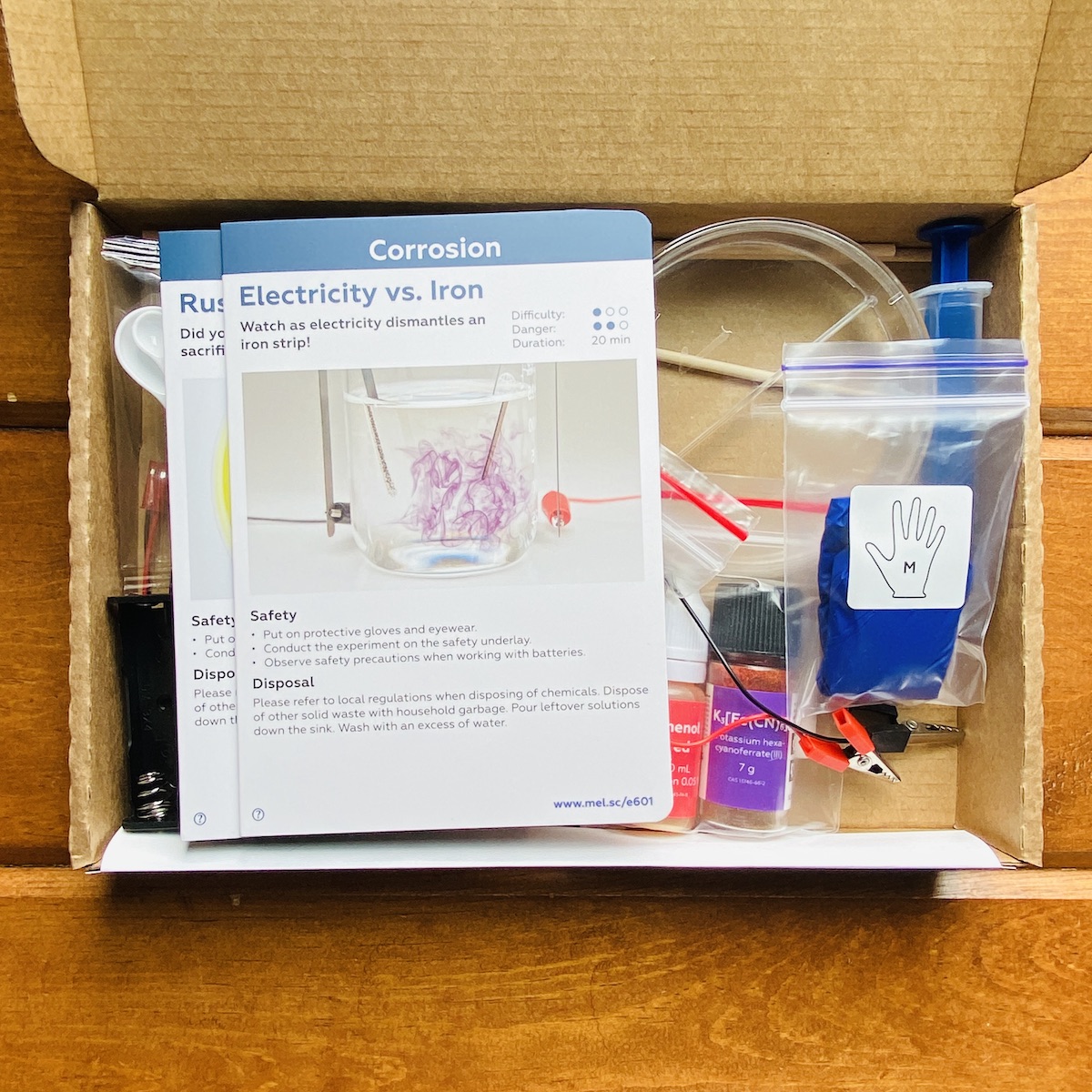
Organized by project, all components are packaged neatly in separate baggies and laid out in an orderly fashion. Charlie was excited when he saw this month's supplies, and couldn't wait to dig in.
MEL Chemistry "Corrosion" Experiments
Experiment #1 Electricity vs. Iron
This month included two experiments, so with that we received two experiment cards. The first experiment was titled "Electricity vs. Iron" and included written instructions and illustrations to watch electricity dismantle an iron strip! With interesting facts and the science to back them, this card was very informative and essential for this experiment.
While we didn't receive a list of the items needed for this particular experiment, it was easy enough to quickly go through the instructions and lay out the items needed. I love that this box includes everything needed to conduct these experiments, and that the items themselves are high in quality.
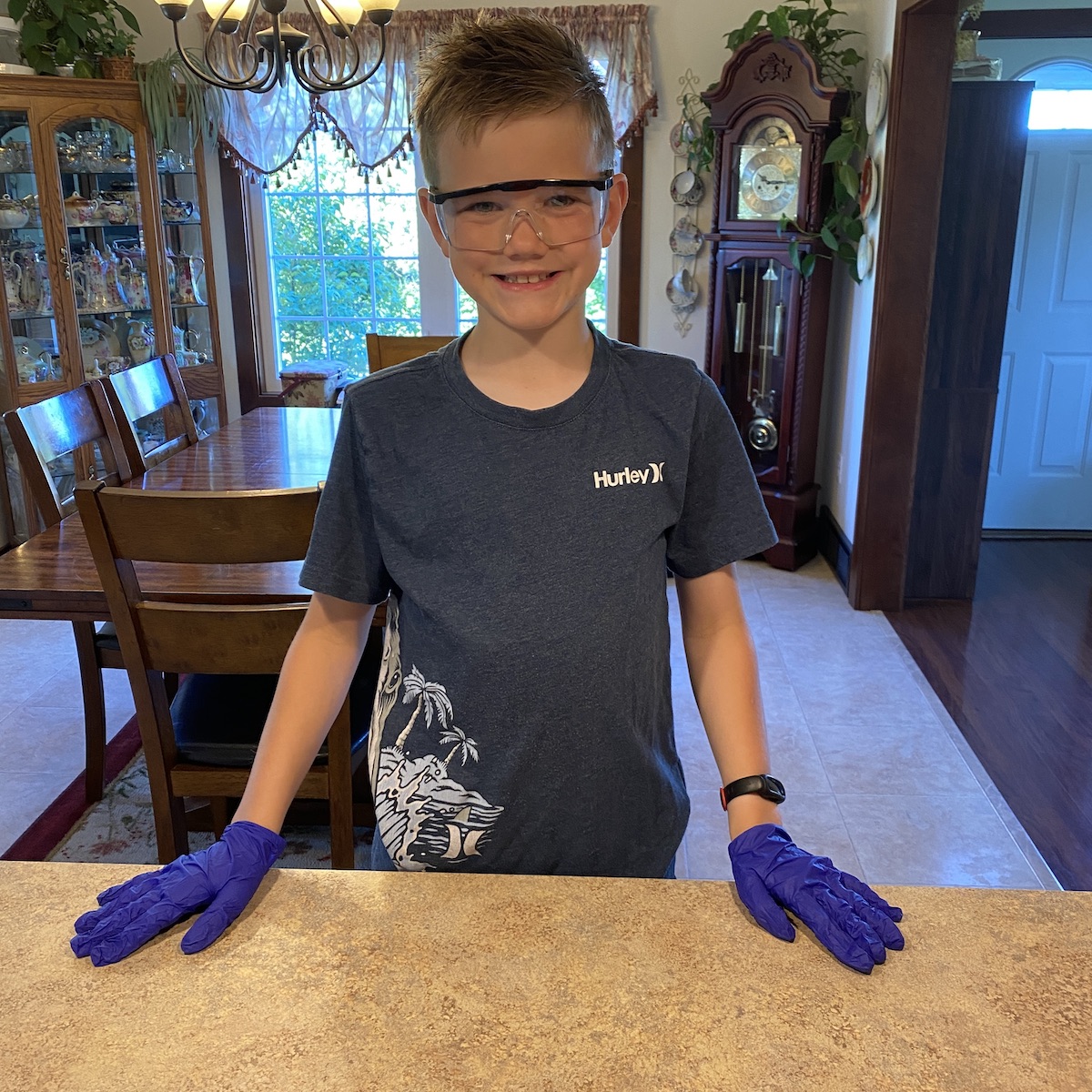
To start this experiment, Charlie rounded up all of his needed supplies, and utilized the safety glasses he received in the "MEL Chemistry" Starter Kit he received when we initially started reviewing this box.
As I mentioned above, the purpose of this experiment was to watch electricity dismantle an iron strip. To do this, Charlie started by creating an electrolyte solution with the included NaCl. This accelerates the decomposition of iron Fe. Then, he added sodium ascorbate, to help visualize the traces of decomposed iron in the solution. This was quick and easy, and a great way to practice measuring and mixing.
Once the electrolyte solution as mixed, Charlie then added the iron strips in the solution. Connecting the batteries via crocodile clips, we watched the purple "fog" appear near the iron strips. What is happening is the ascorbate iron are detecting traces of decomposed iron. Cool!!
Experiment #2 Rust Protection
Here we have another card containing the second experiment instructions. Including the difficulty and danger rating, along with the duration, this is a great help for planning, and knowing how much adult help may be needed. Like the first experiment, these instructions are nicely laid out, include illustrations and written instructions, and even have a QR code for additional instructions provided online.
Using the instructions, Charlie was quickly able to sort out his supplies and find everything he needed to complete this experiment. Again, all items are high quality and worked well.

In this experiment, Charlie learned that magnesium can sacrifice itself for iron! Did our experiment work? Read below to see!
Did you know that rust is a special instance of gradual destruction of metals and is known as corrosion? Charlie learned that in this experiment. To start off, he filled the glass measuring cup (which we received in the MEL Chemistry starter box) with tap water and added sodium chloride. To visualize this process, we were sent Potassium hexacyanoferrate(III) and phenol red. This helps reveal subtle traces of rust by forming the brightly colored compounds with them. Once this was mixed up, Charlie opened up his iron nails, magnesium strips, and copper wire to prepare for the next step.
Because rust forms when oxygen grabs electrons from iron, the magnanimous iron is eager to donate its electrons. To make show this, we received copper wire to serve as a bridge for the electrons going from the magnesium strip to the iron nail. Charlie twist the wire around both pieces and placed them in the included Petri dish. Adding 10 mL of the created solution to each side of the dish, we waited for results.
After about 5 minutes, we started to see the blue algae-like growths on the nail's surface on the plain nail, but on the one connected to the magnesium, found no precipitate! This is because when abandoned one-on-one with oxygen, iron surrenders some electrons, but when bundled with magnesium, iron keeps its metallic form by borrowing electrons from its partner through the wire. Thus, magnesium protects iron from rusting by sacrificing itself. This was incredible to watch - and after clipping the copper wire, we started seeing the precipitate appear on the other nail. Wow!!
Final Thoughts - Was This Box Worth It?
Absolutely! The Corrosion box featured two really cool experiments, and was packed with interesting information presented in a fun and engaging way. We really enjoyed the experiments but also the chemical explanations as well. Because this box is geared towards kids 10 and up, Hank is usually my scientist, but this month my 9-year-old Charlie wanted to give it a try. While some of the scientific jargon was a little hard for him to fully grasp, I was able to adjust it to his level and he loved it! With enough supplies, Hank too was able to perform these experiments. This subscription is a great fit for my family, and a wonderful project for us to experience together, all while learning about science.
I also want to note that there are always additional experiments that you can do online with these boxes if your child is so inclined. I have downloaded the app and have found a ton of extra experiments, awards, AR and VR opportunities, and more! Check it out!
The Cost: Subscriptions start at $29.90
To Wrap Up:
Can you still get this box if you sign up today? Yes, this box is still available. From MEL Chemistry:
"Your first package will arrive within 2 weeks of registration. Subsequent monthly packages will be delivered within 2 weeks of each monthly charge."
What do you think of MEL Chemistry? Let us know below!


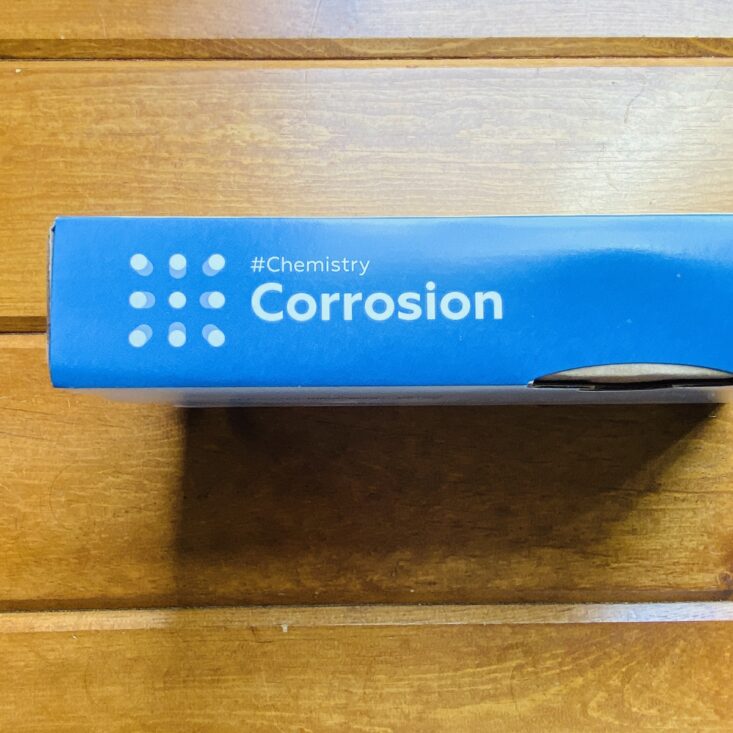
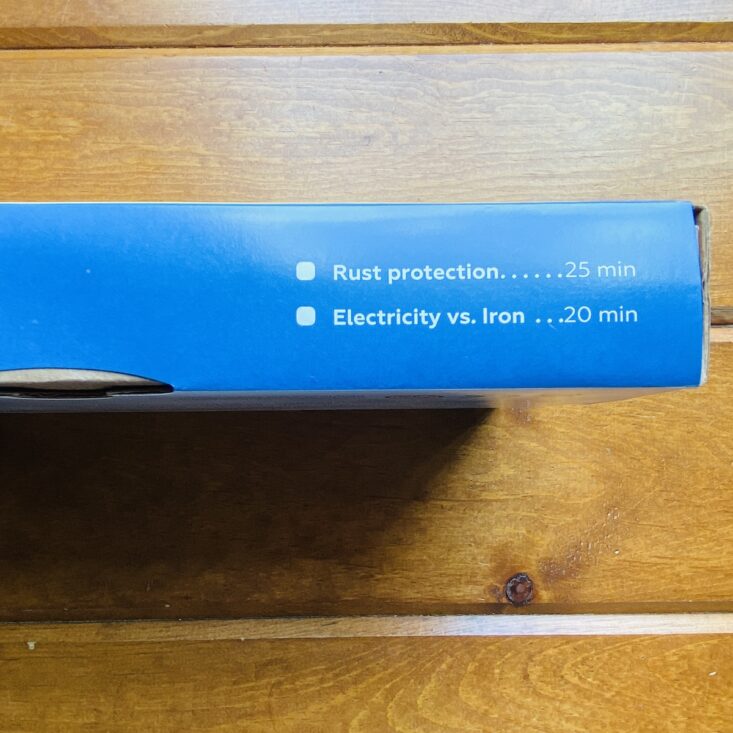

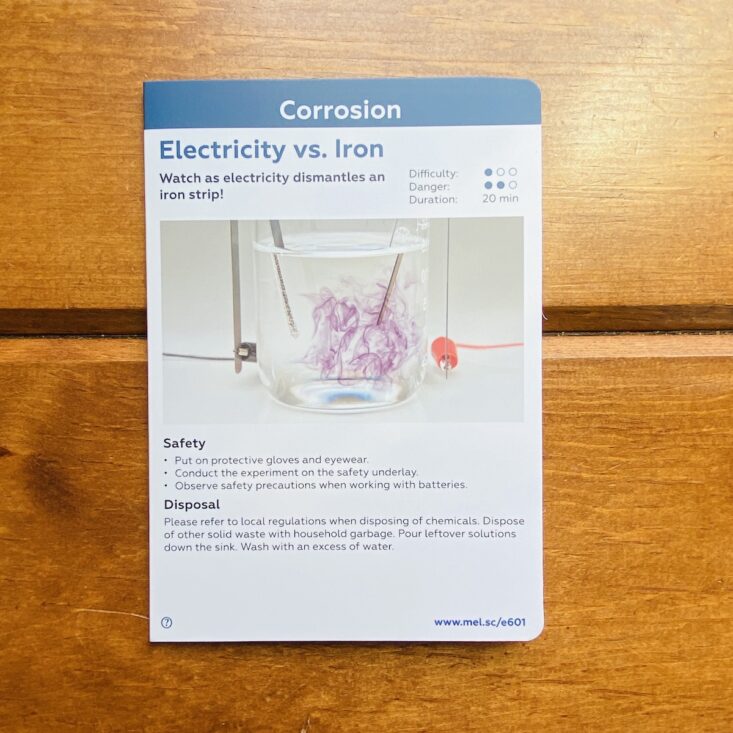


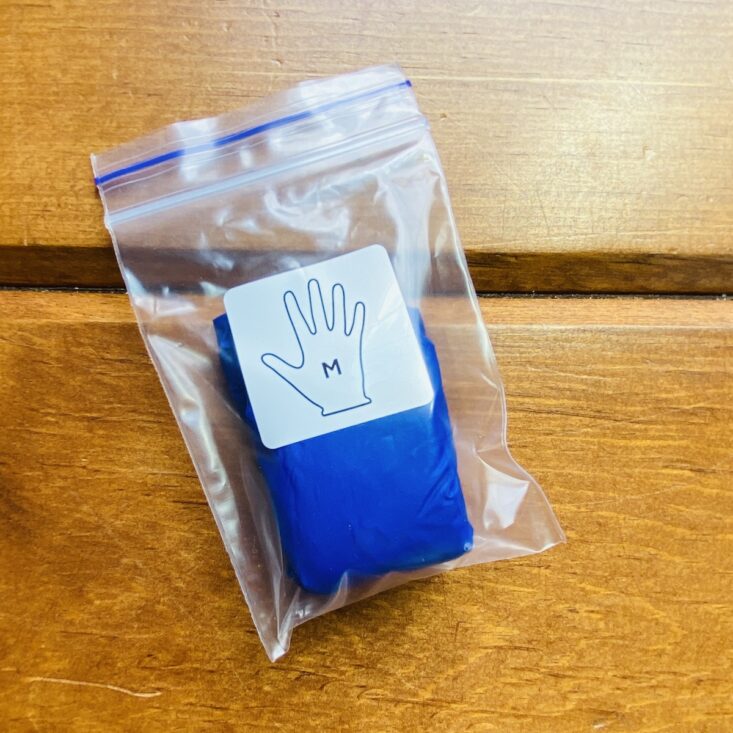
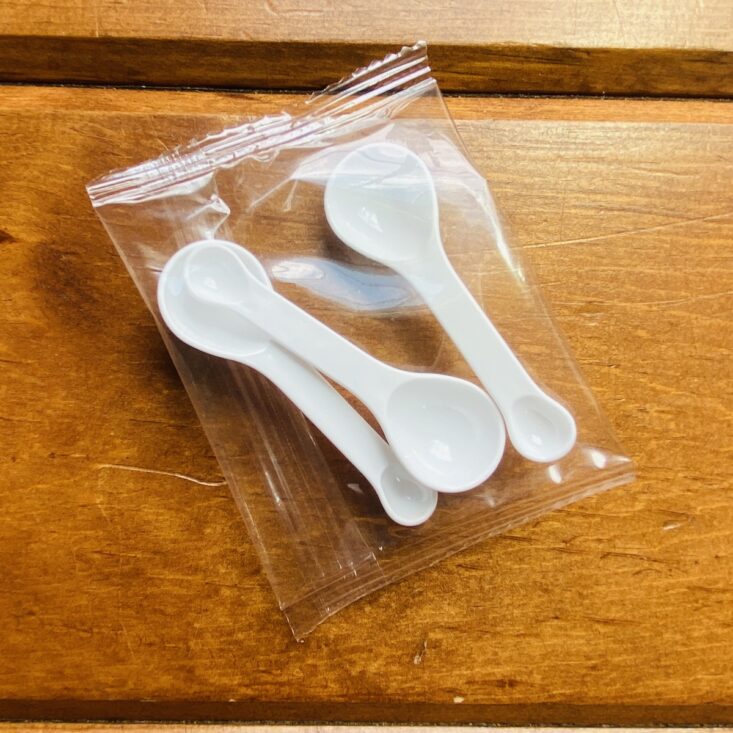
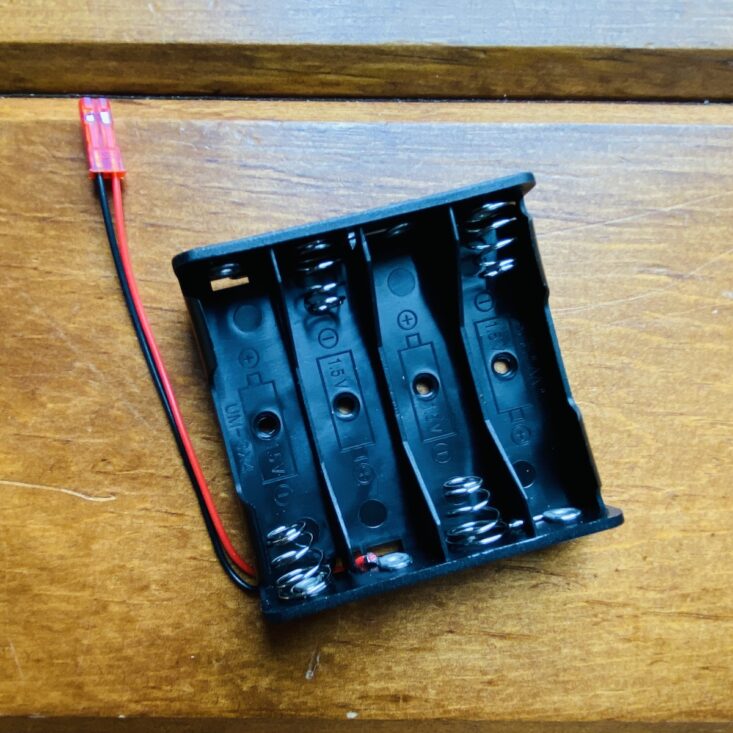
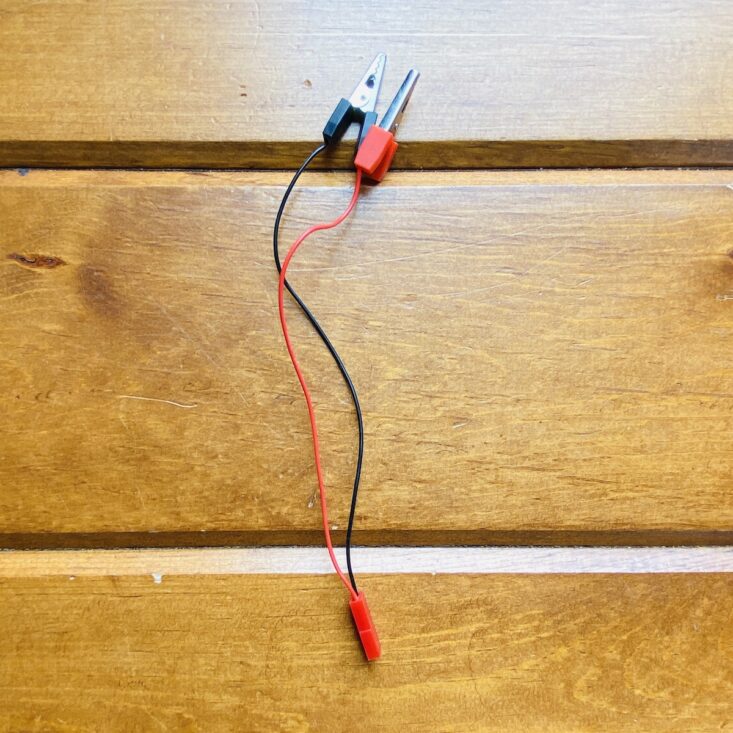


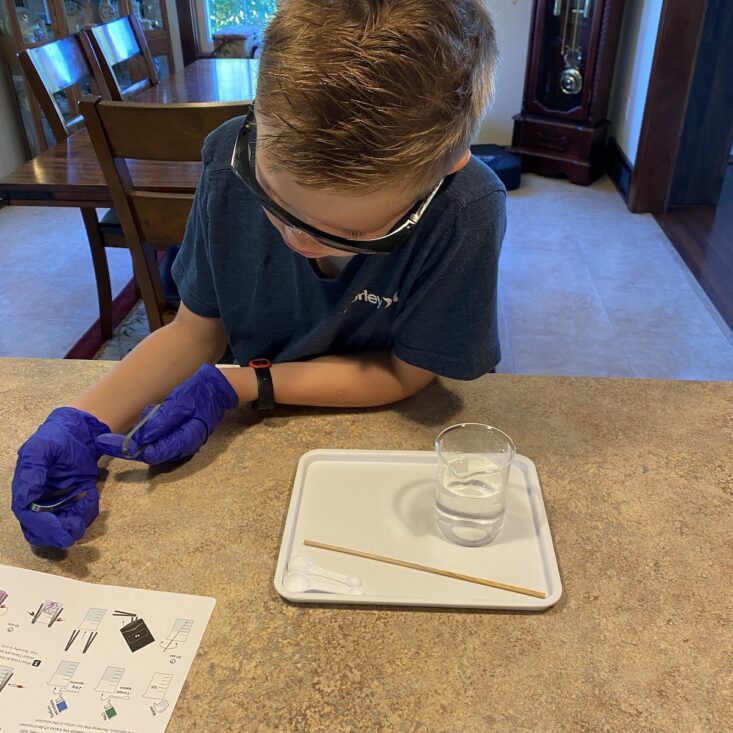
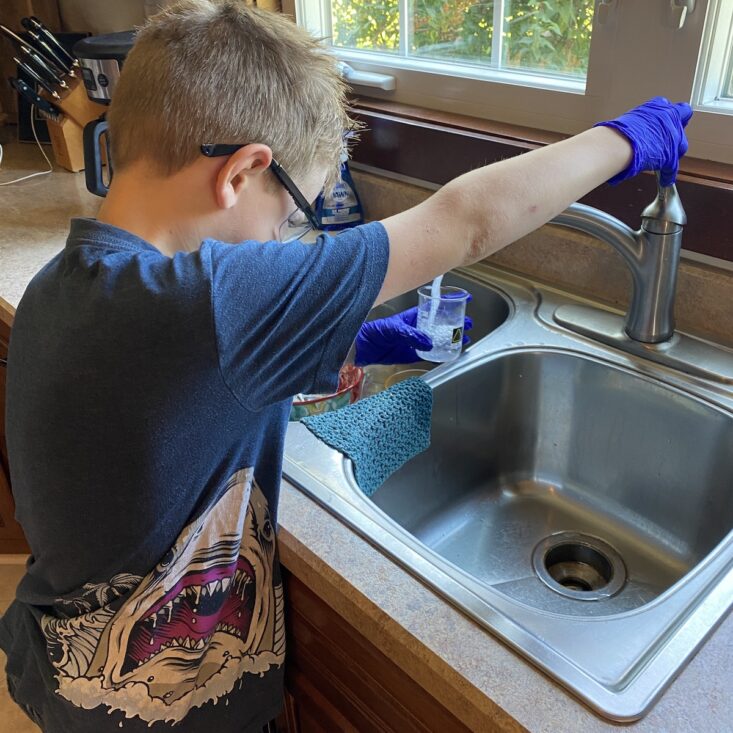
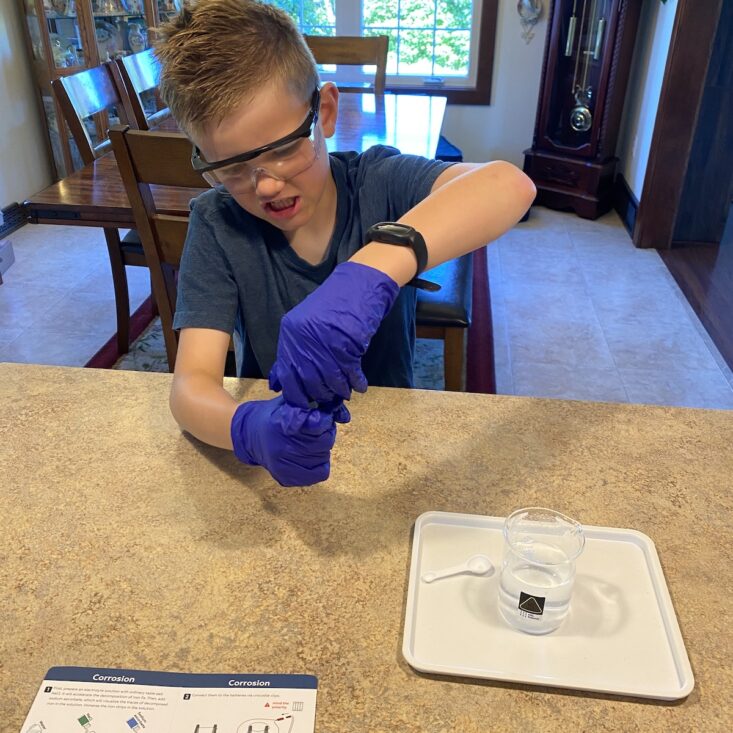
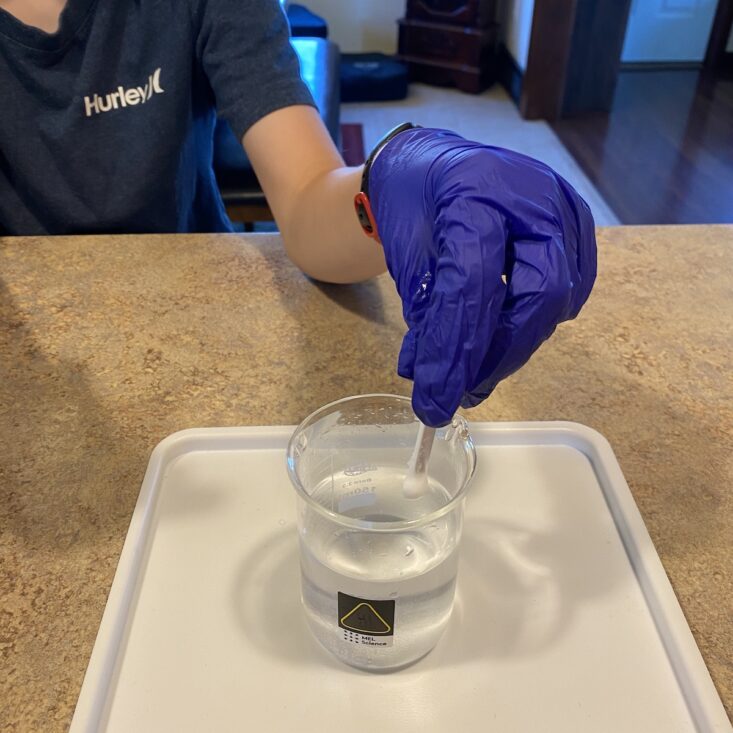
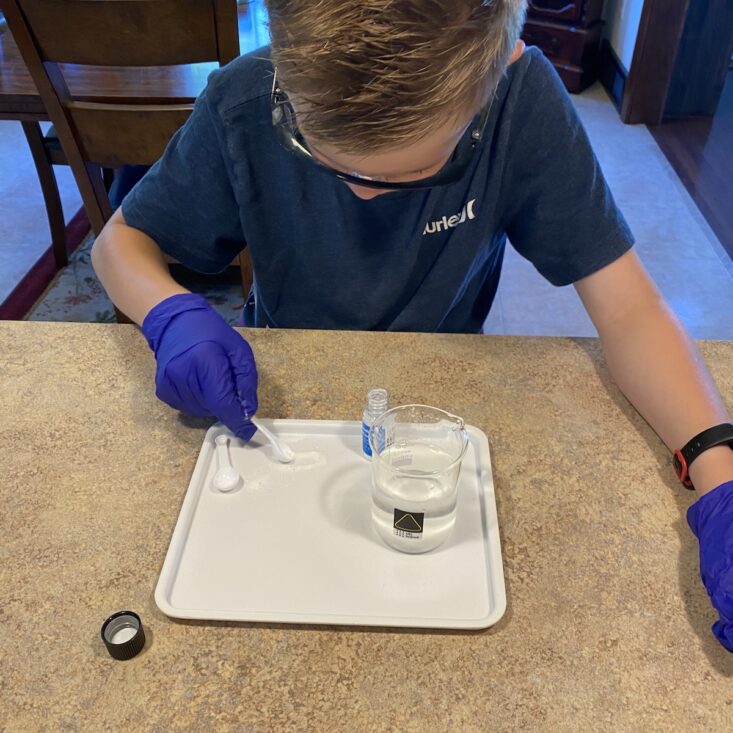

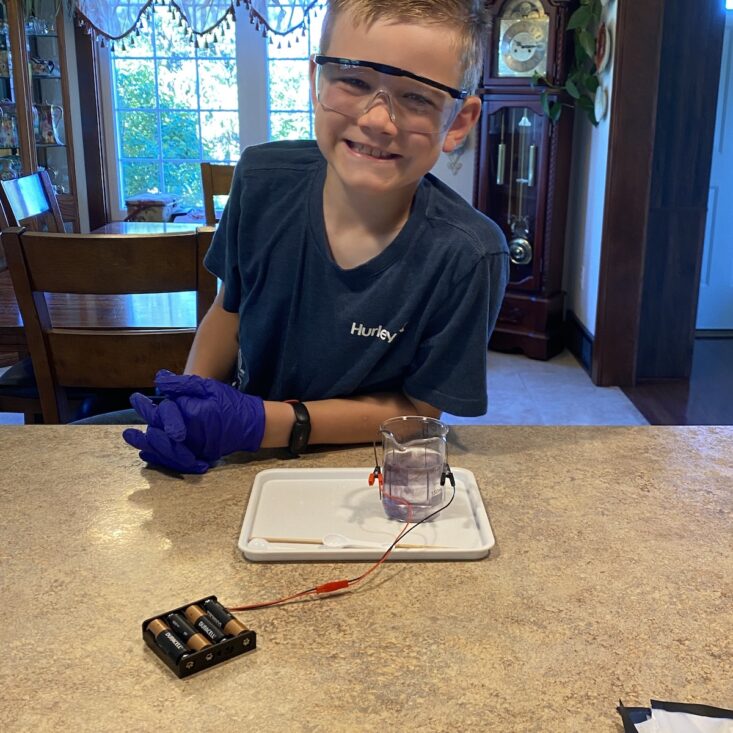
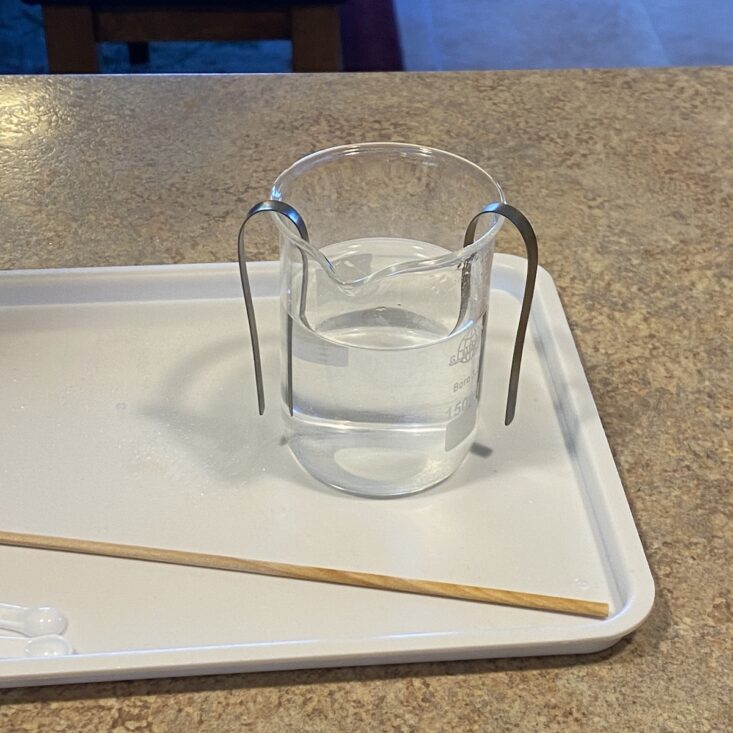

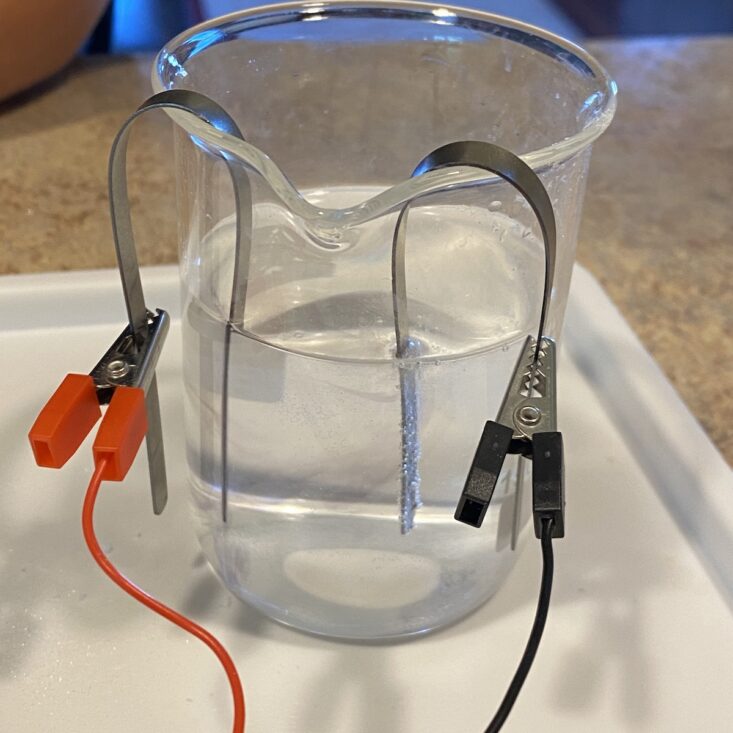
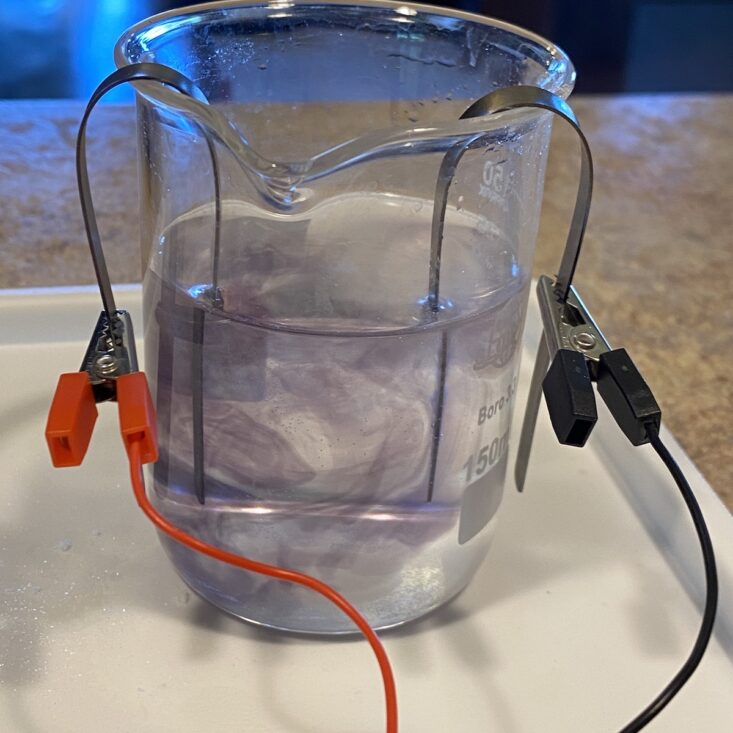
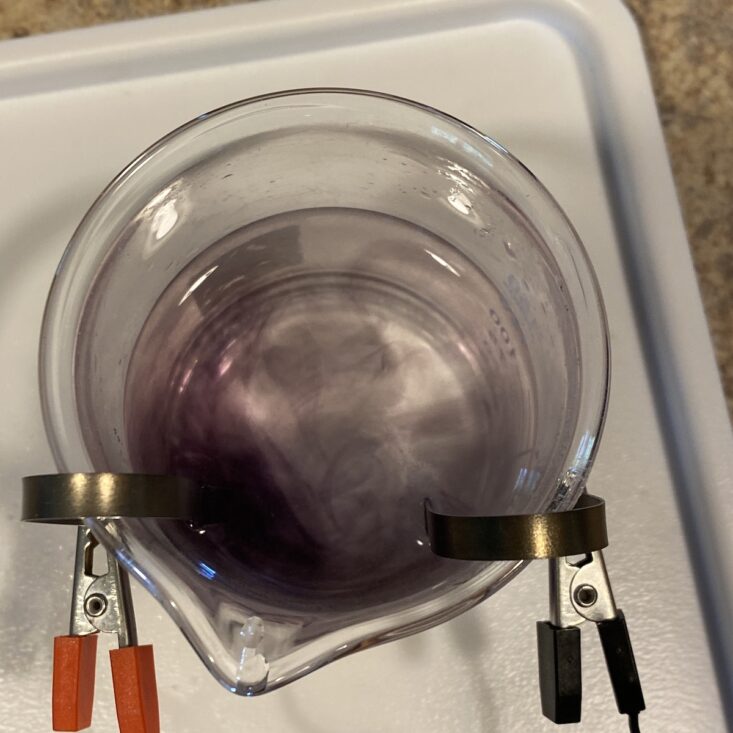
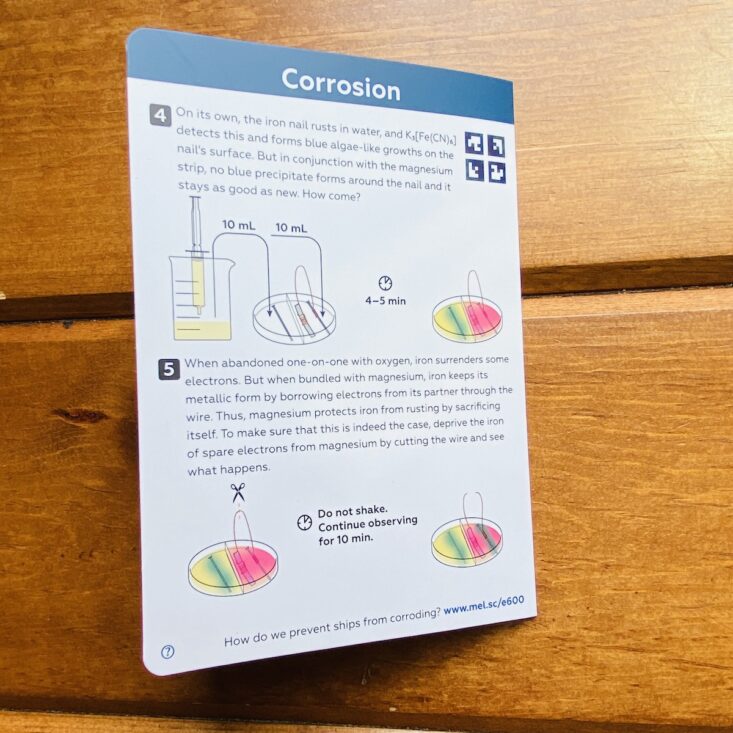
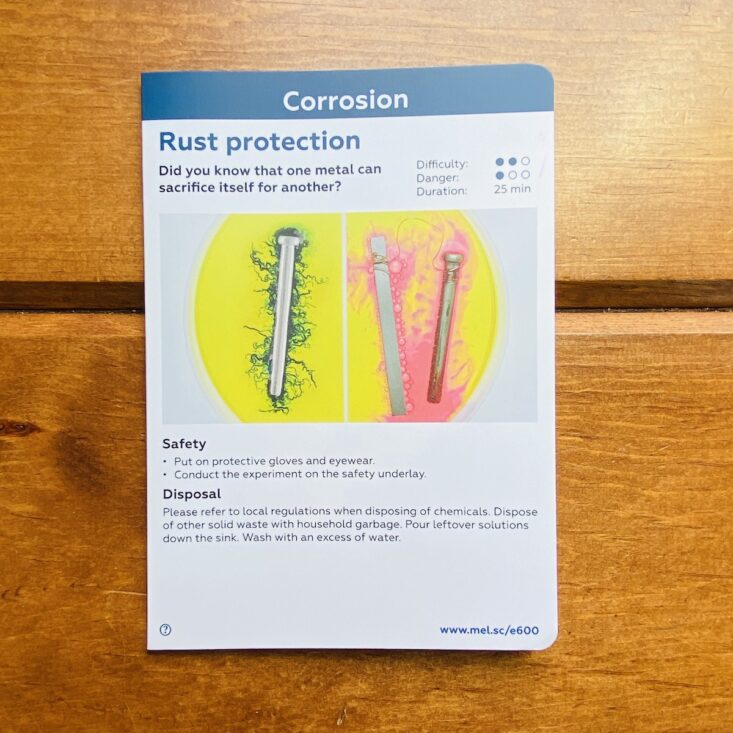
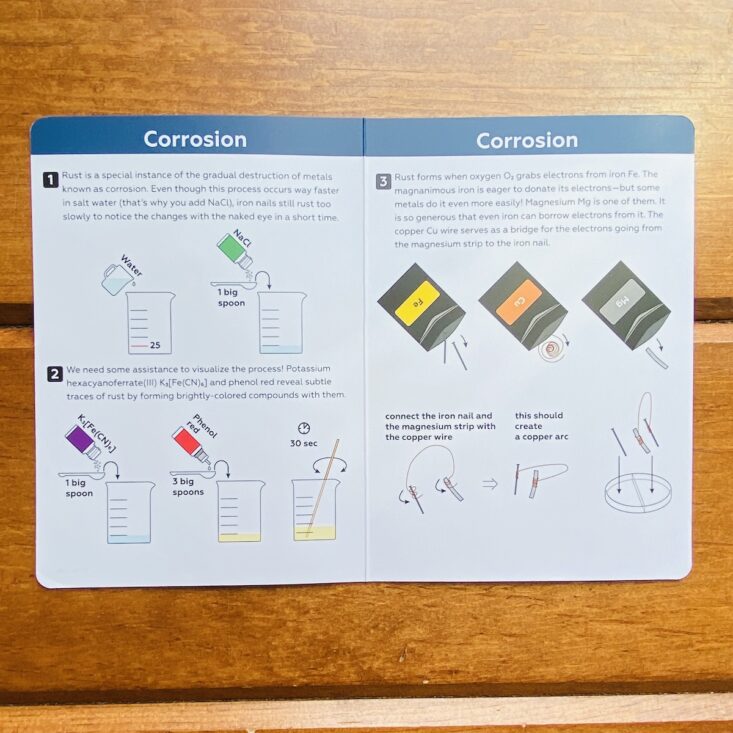

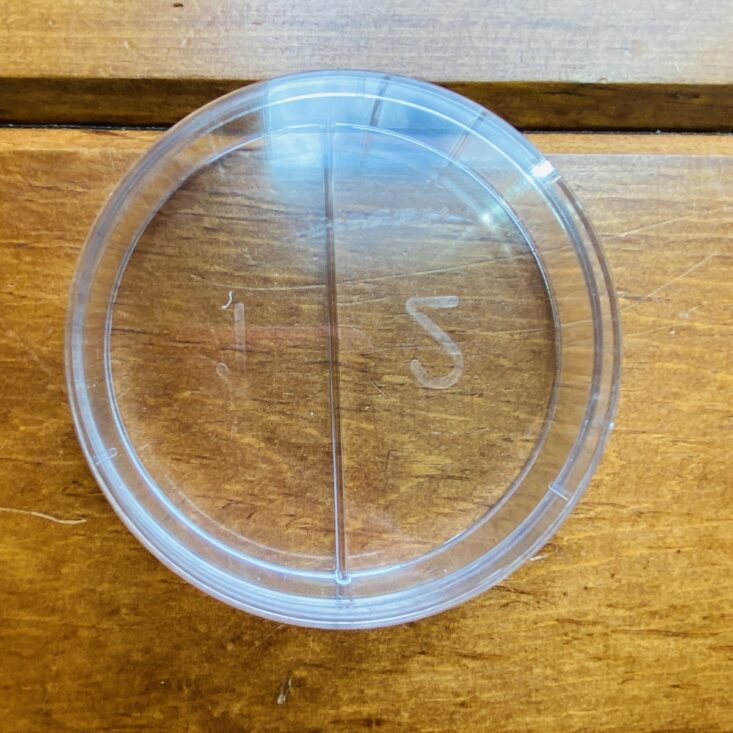
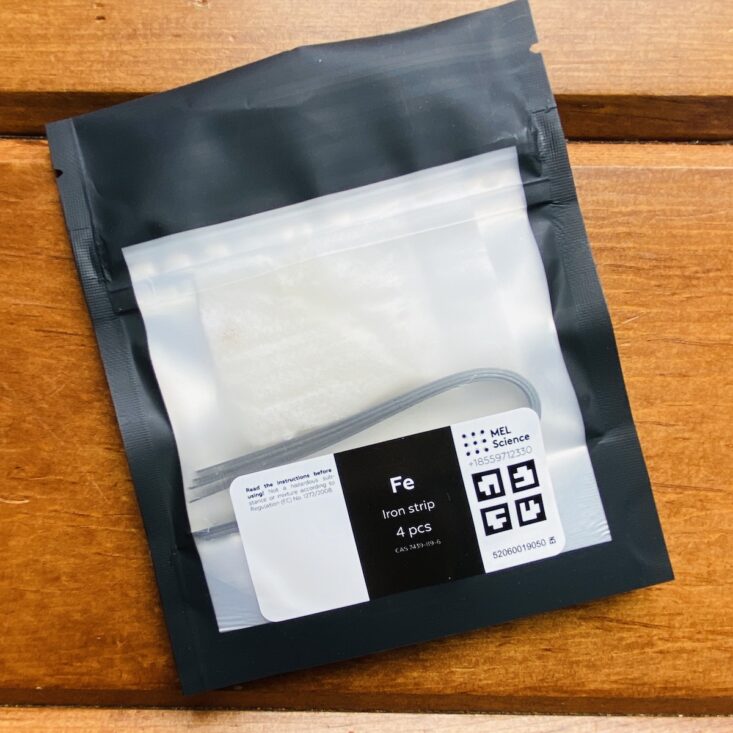
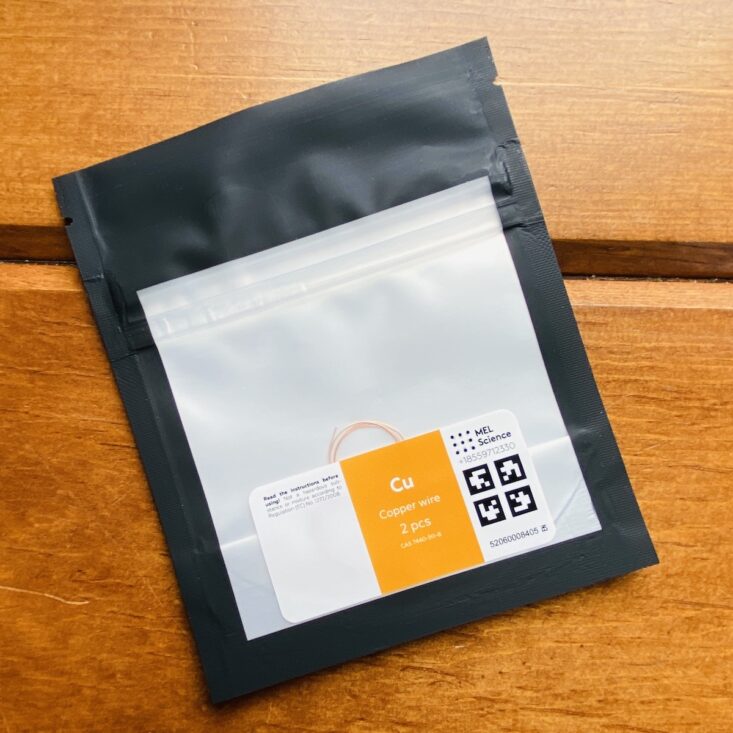
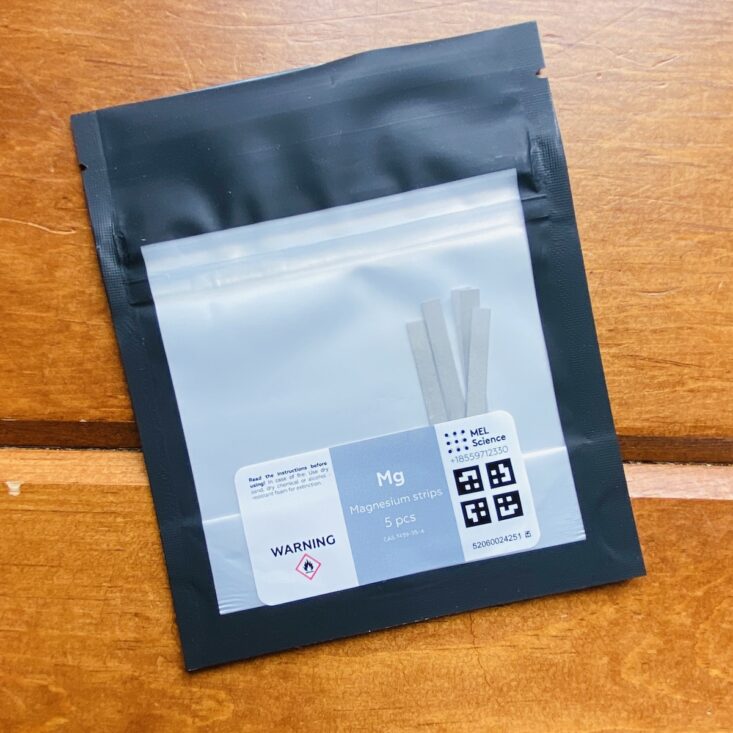
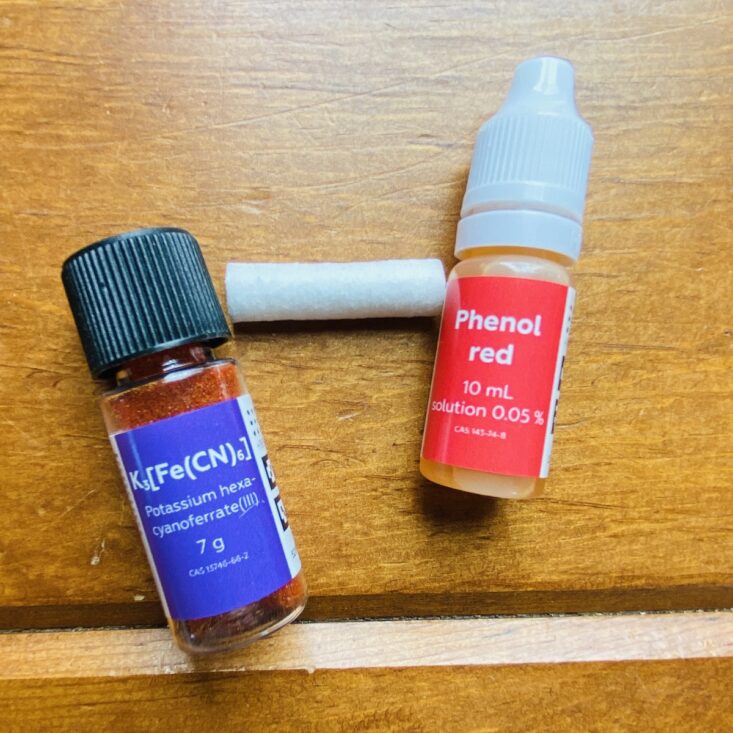
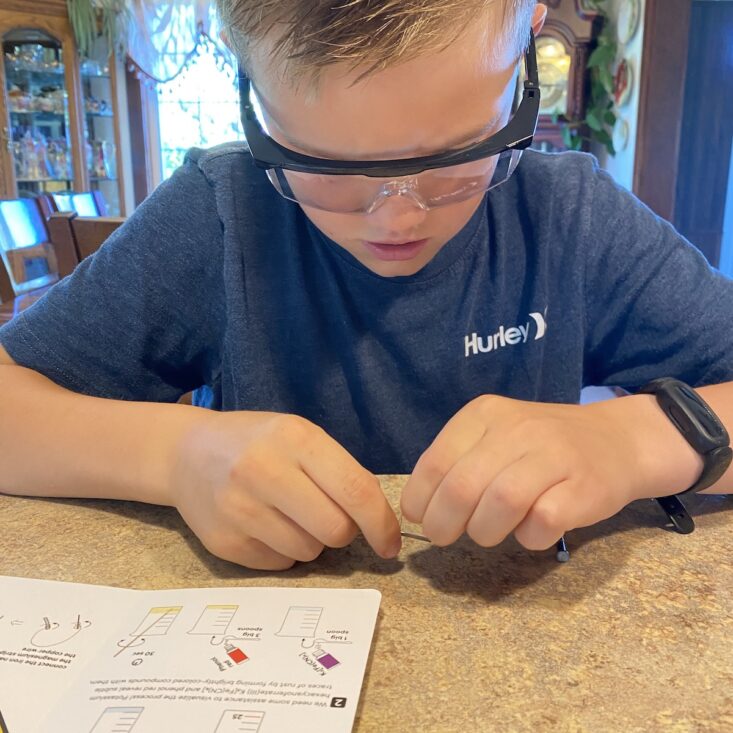
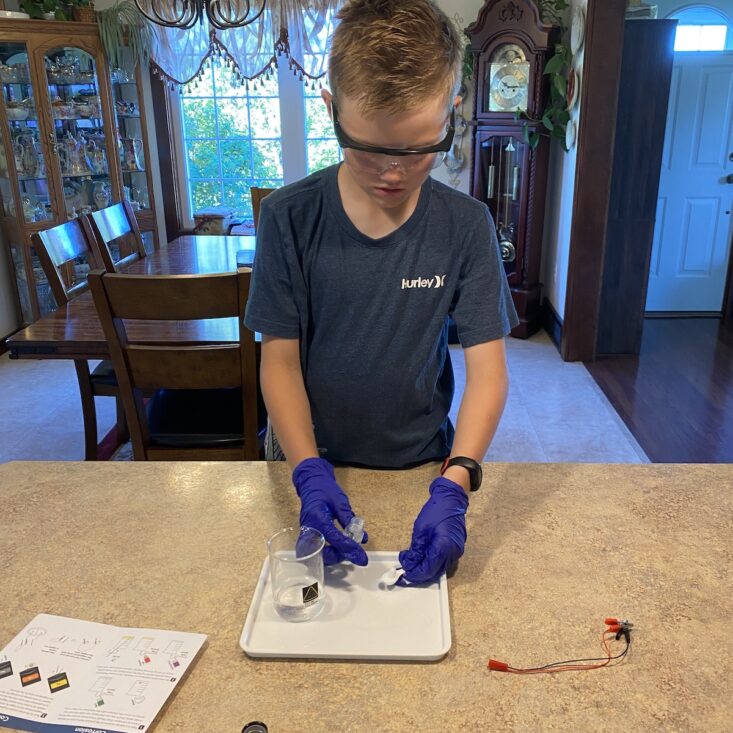

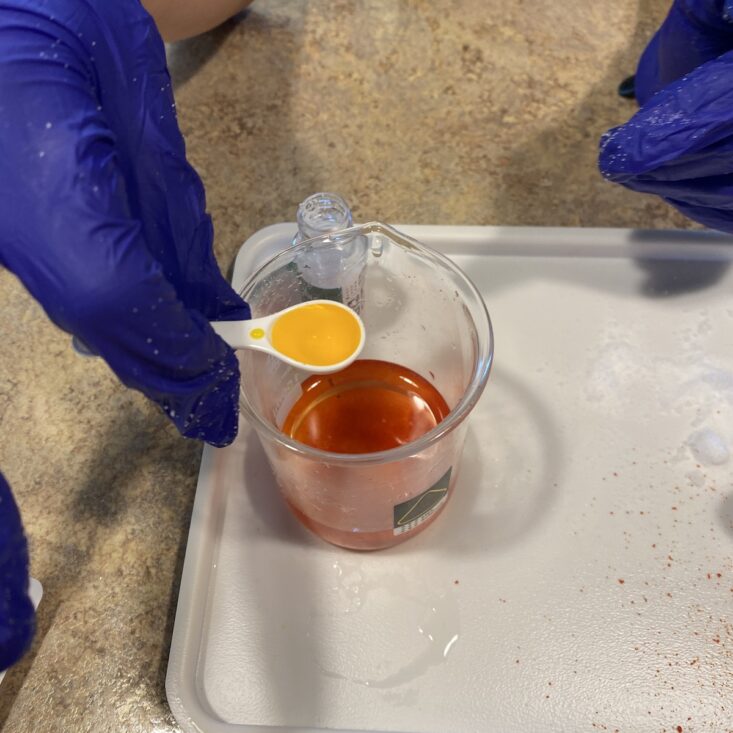
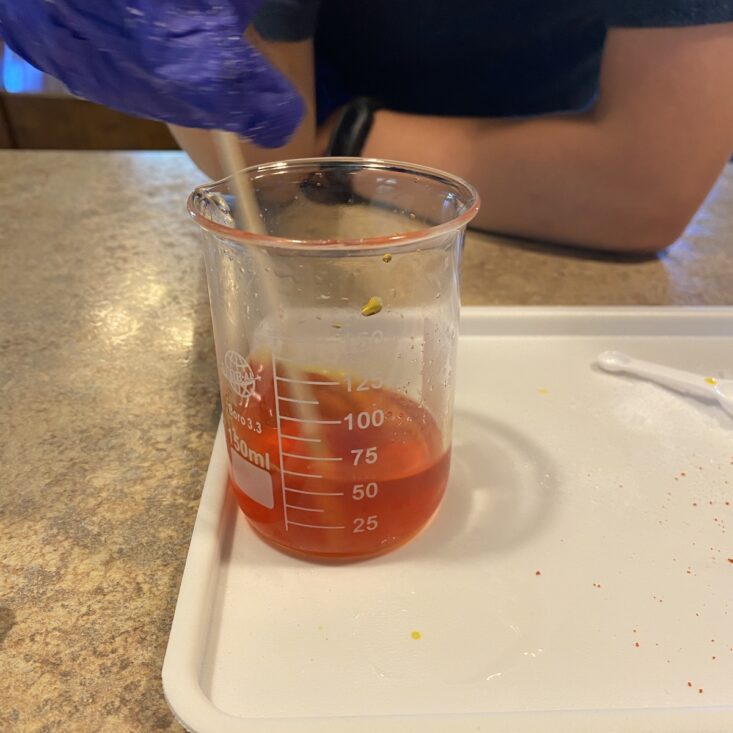
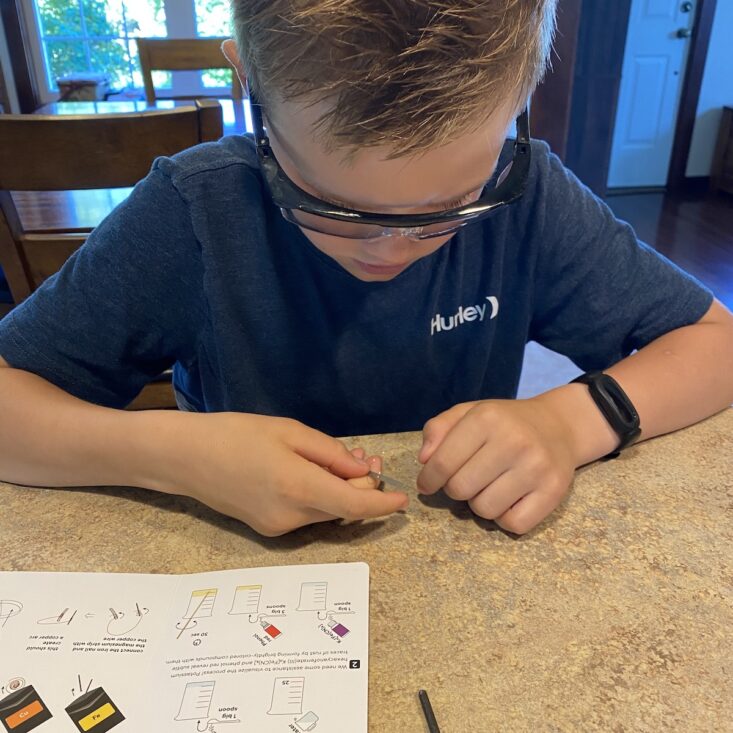
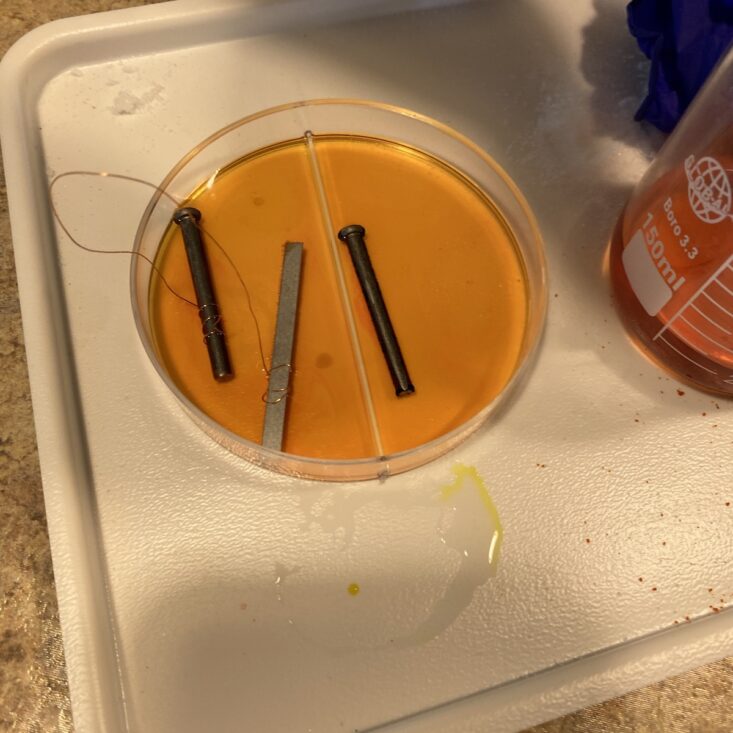
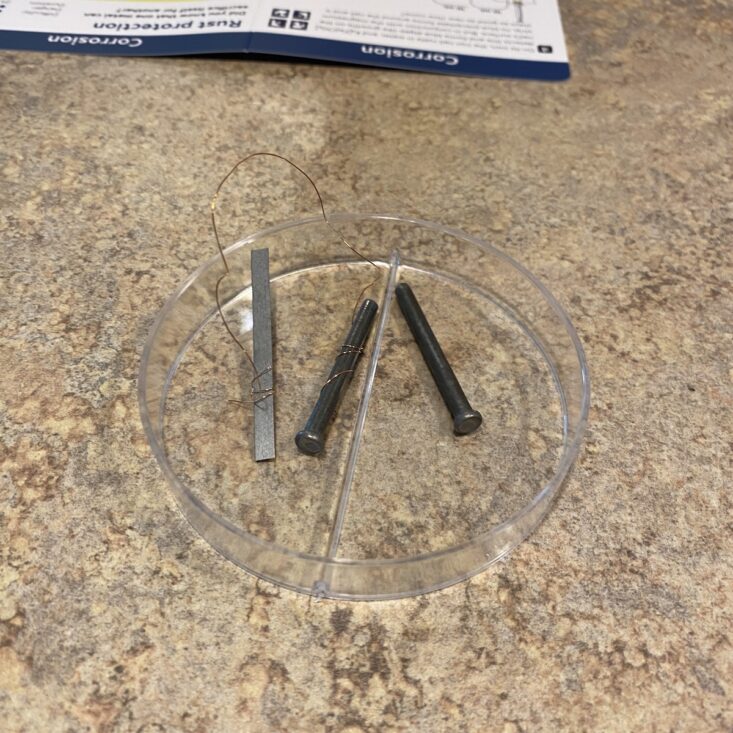

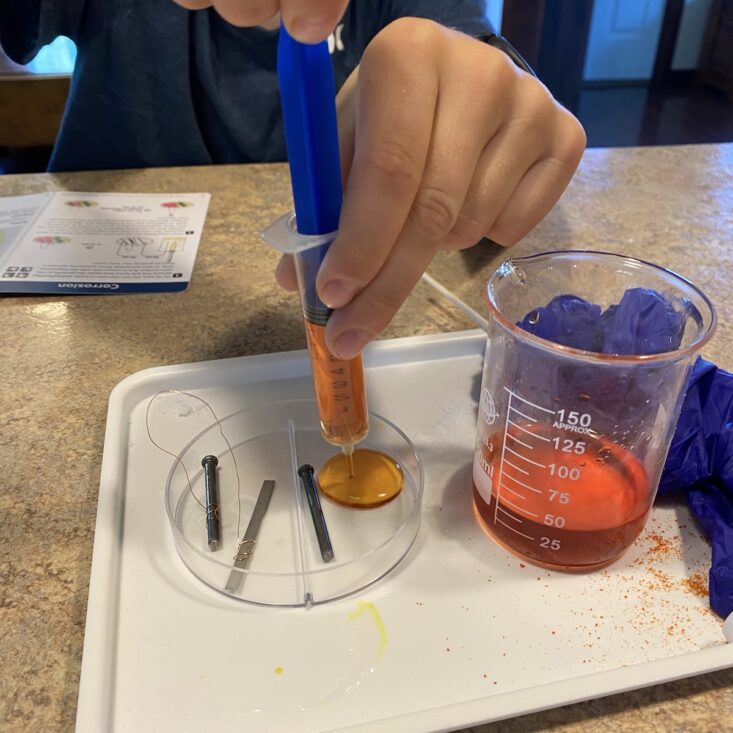
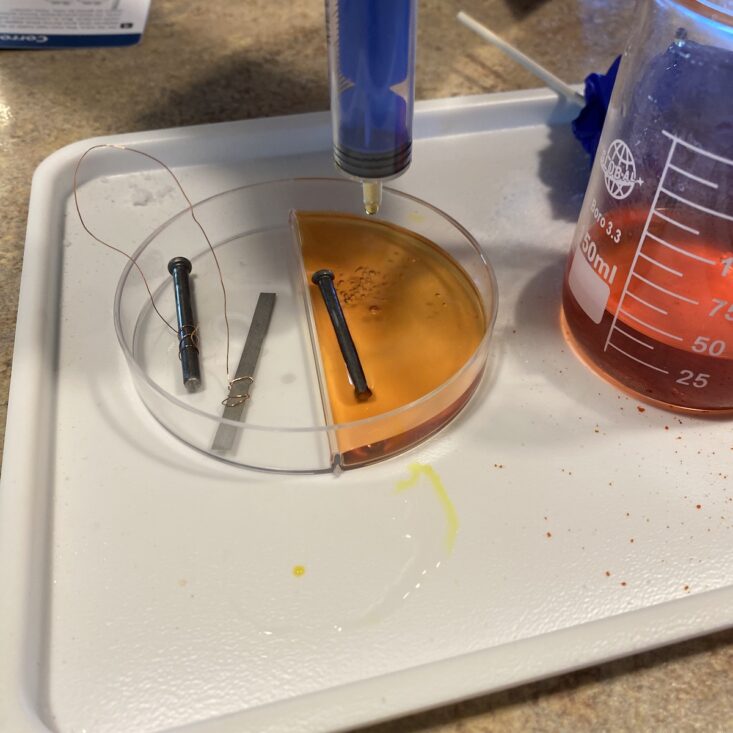
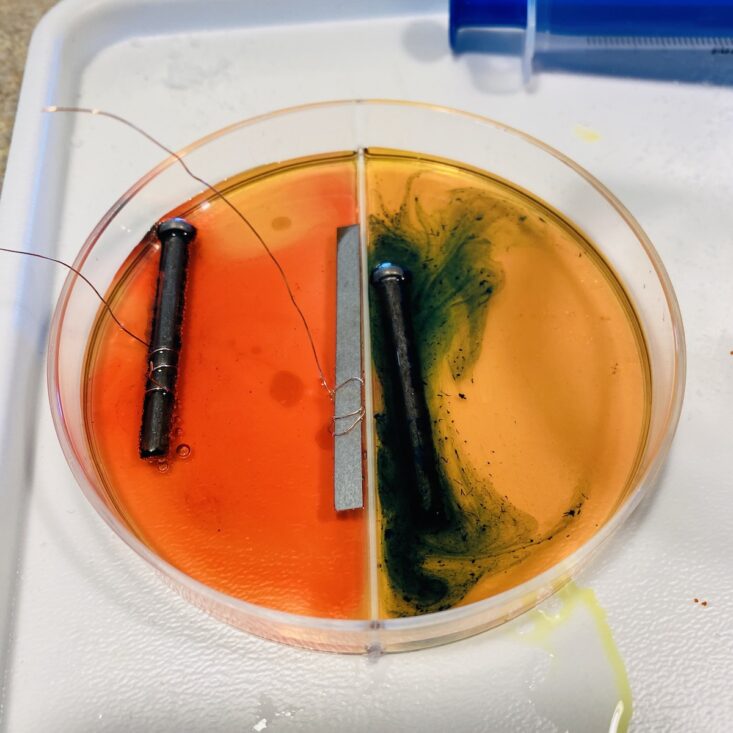
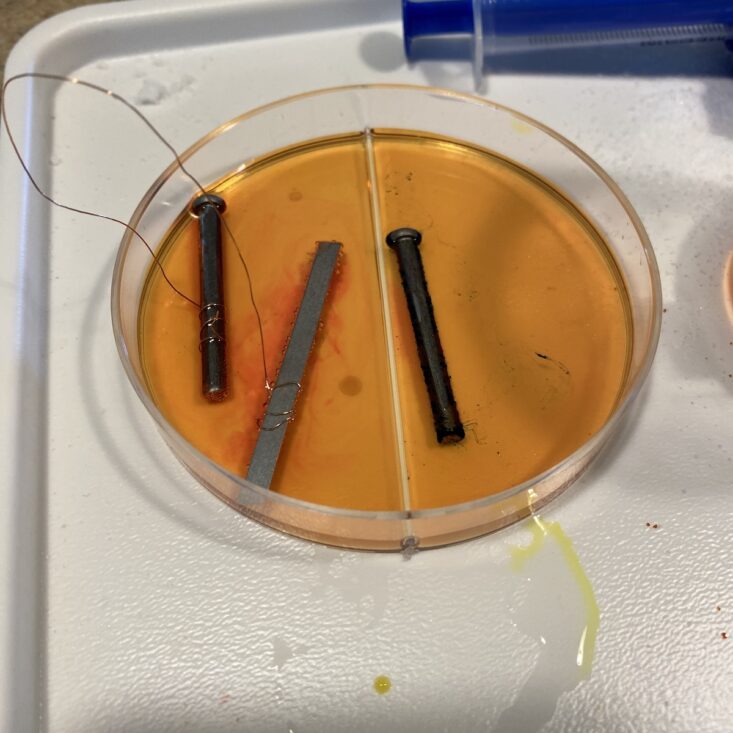
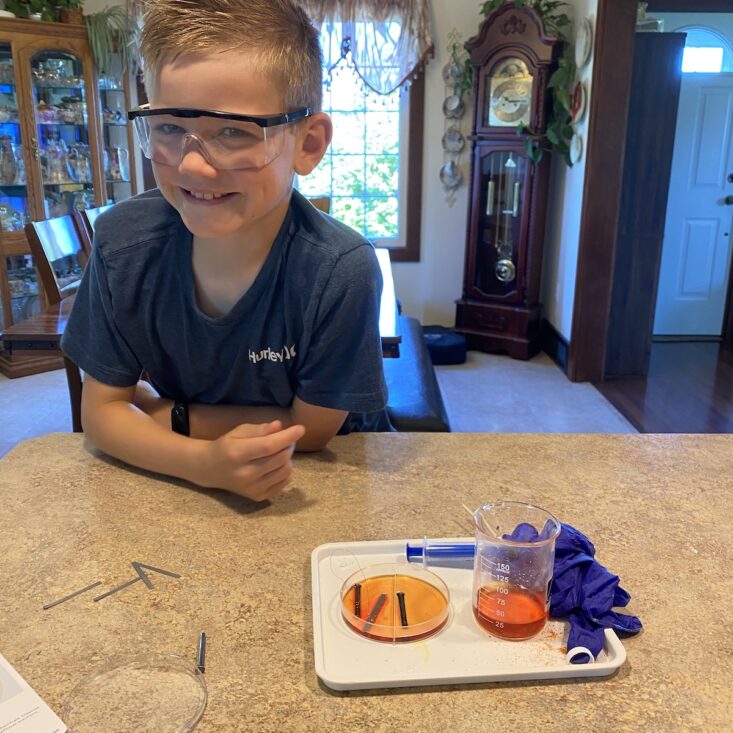
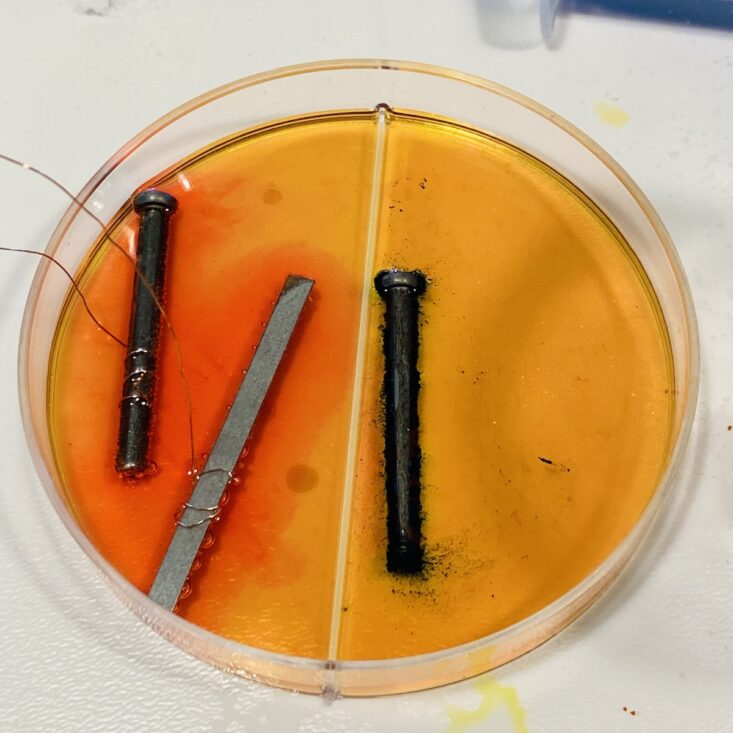



Please do not enter your email address in the Name field or in the comment content. Your email address will not be published. Required fields are marked *. Remember to post with kindness and respect. Comments with offensive language, cruelness to others, etc will not be approved. See our full comment policy here.